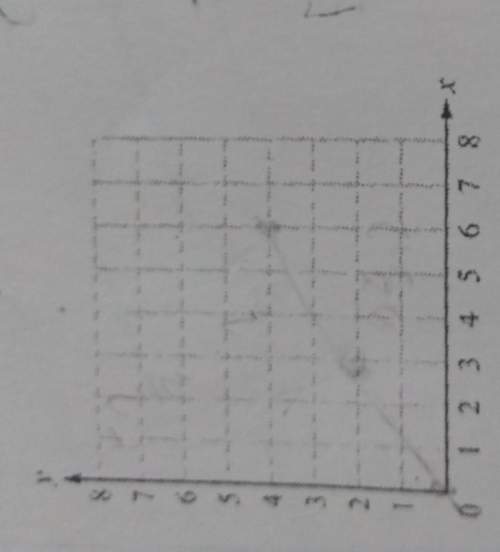
Mathematics, 27.01.2021 16:20 ashley110608
Find the perimeter of a quadrilateral with vertices at C (−2, 4), D (−3, 1), E (1, 0), and F (−1, 2). Round your answer to the nearest hundredth when necessary.

Answers: 1


Other questions on the subject: Mathematics

Mathematics, 21.06.2019 12:40, sissy11145
Points d and e are midpoints of the sides of triangle abc. the perimeter of the triangle is 48 units. what is the value of t? ο ο ο ο 7t +
Answers: 1

Mathematics, 21.06.2019 13:30, 19thomasar
The blue whale is the largest animal living on the earth. the average blue whale measures 100 feet long (30 meters) and weighs 300,000 pounds (136,000 kilograms). a whale’s head is 1⁄3 of the length of its body. a new baby whale is 1⁄4 the length of a grown whale. the average man is 1⁄17 the length of a blue whale, and 1⁄1,818 its weight. a human baby measures 1⁄4 of the length of an adult. calculate the following information: how long is a whale’s head? how long is a new baby whale? how tall is the average man? how much does the average man weigh? how tall is the average human baby?
Answers: 3


Mathematics, 21.06.2019 22:00, erikacastro5404
The point of intersection of the diagonals of a rectangle is 4 cm further away from the smaller side then from the larger side of the rectangle. the perimeter of the rectangle is equal to 56 cm. find the lengths of the sides of the rectangle. 16 points answer quick
Answers: 1
You know the right answer?
Find the perimeter of a quadrilateral with vertices at C (−2, 4), D (−3, 1), E (1, 0), and F (−1, 2)...
Questions in other subjects:








Social Studies, 03.07.2021 01:00

Mathematics, 03.07.2021 01:00





